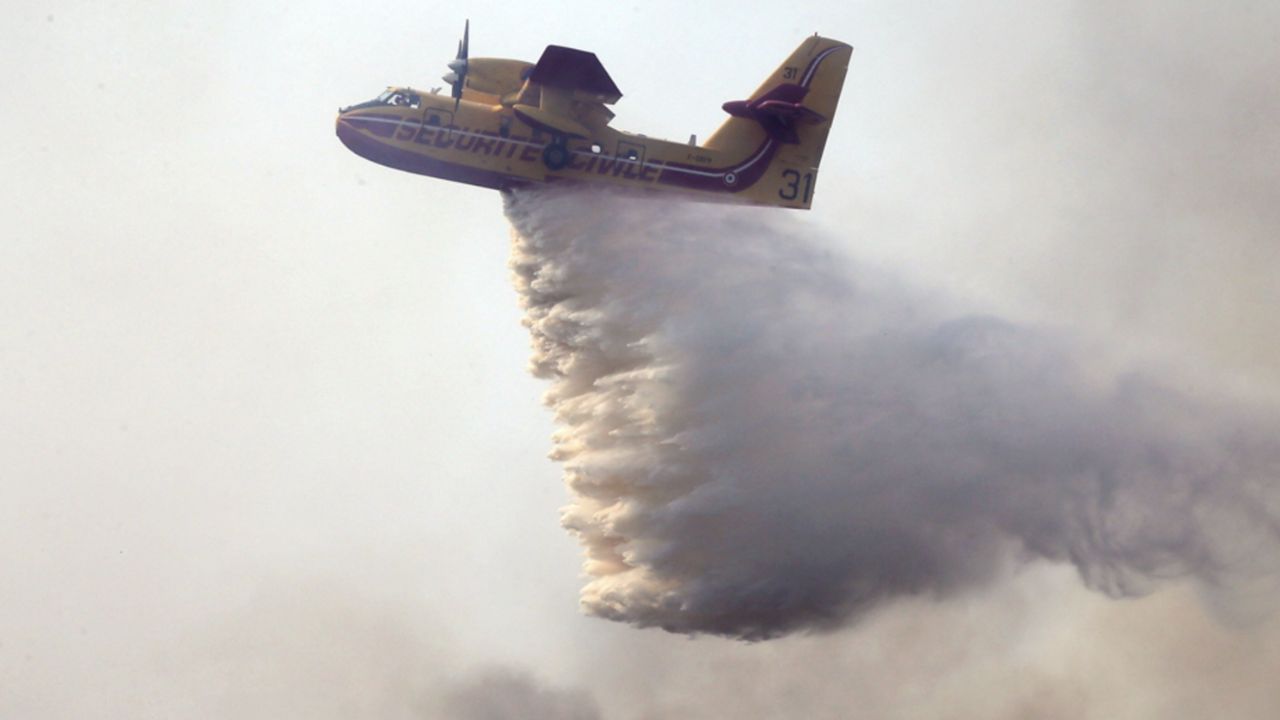Delhi’s 1.2 Crore rupees Rain Experiment Ends in a Damp Squib

For years, Delhi has looked to the skies for relief from its toxic air. This week, the government tried to make it happen literally. In an ambitious and expensive experiment, officials attempted to induce artificial rain to wash away the city’s suffocating smog. The results, however, were as hazy as the air they sought to clear.
A small aircraft, operating under the supervision of scientists from the Indian Institute of Technology (IIT) Kanpur, sprayed silver iodide and sodium chloride compounds into the clouds over Delhi on Tuesday. The hope was that these particles would coax the clouds into producing rain a process known as cloud seeding. It was the culmination of a ₹1.2 crore ($144,000) project that began with optimism and ended, like the skies over the city, in disappointment.
Chief Minister Rekha Gupta called the initiative a “necessity” and a “pioneering step” toward tackling Delhi’s air crisis. The effort followed a successful test flight last week, but Tuesday’s attempt produced no rain. Instead, it drew political ridicule and questions about whether such grand technological gestures distract from more sustainable, evidence-based solutions.
Cloud seeding has long promised more than it can deliver. Scientists at IIT Delhi have cautioned that evidence of its success remains inconclusive the process can only enhance existing clouds, not create new ones. Moreover, experts warn that the use of chemicals like silver iodide could harm soil quality and aquatic ecosystems over time. In essence, Delhi’s attempt to “nudge” the sky into raining may well be nudging its environmental problems in new directions.
That this experiment took place at all underscores the desperation of a city gasping for breathable air. Every winter, Delhi’s air quality index plunges to hazardous levels, choking its 30 million residents. The sources are well known: crop burning in neighboring states, vehicular emissions, construction dust, and industrial waste. Yet, year after year, the political response remains reactive, a combination of short-term bans, emergency measures, and headline-grabbing experiments.
What Delhi needs is not a miracle in the clouds but a grounded commitment to systemic reform. Investments in public transportation, cleaner fuels, industrial regulation, and agricultural innovation would go further and cost less than another round of silver iodide.
The symbolism of trying to wash away pollution with artificial rain may appeal to public imagination, but symbolism won’t clean Delhi’s air. The city doesn’t need theatrics from the skies; it needs accountability on the ground.
Read Latest News and Breaking News at The Newsman, Browse for more Opinion News



